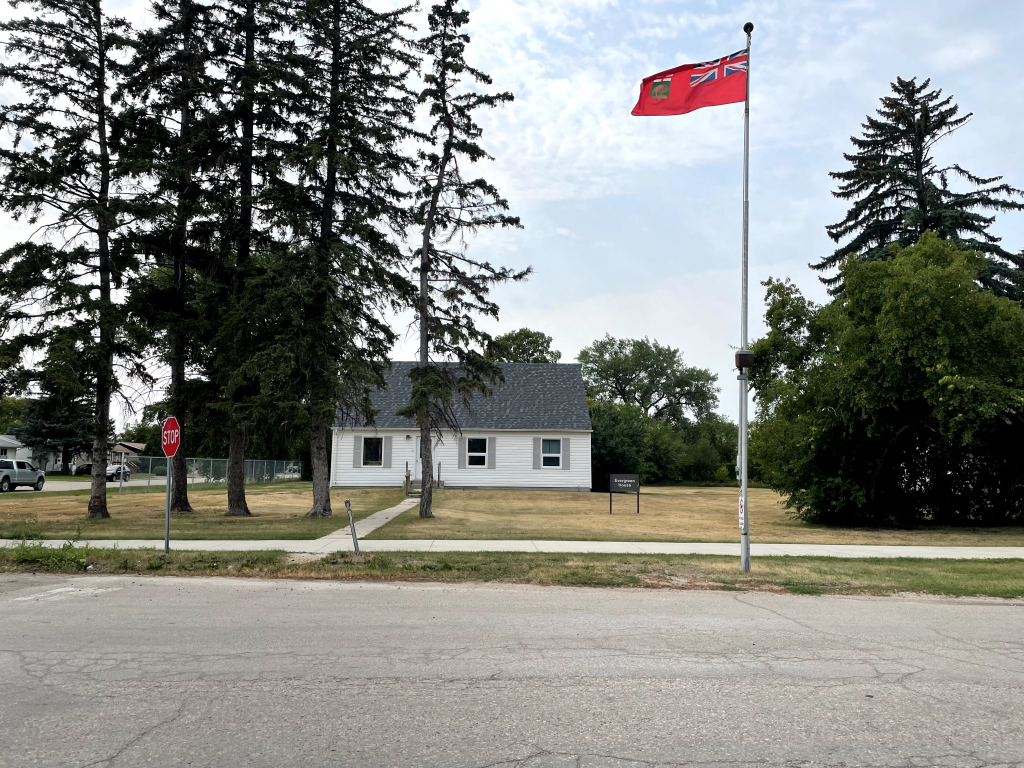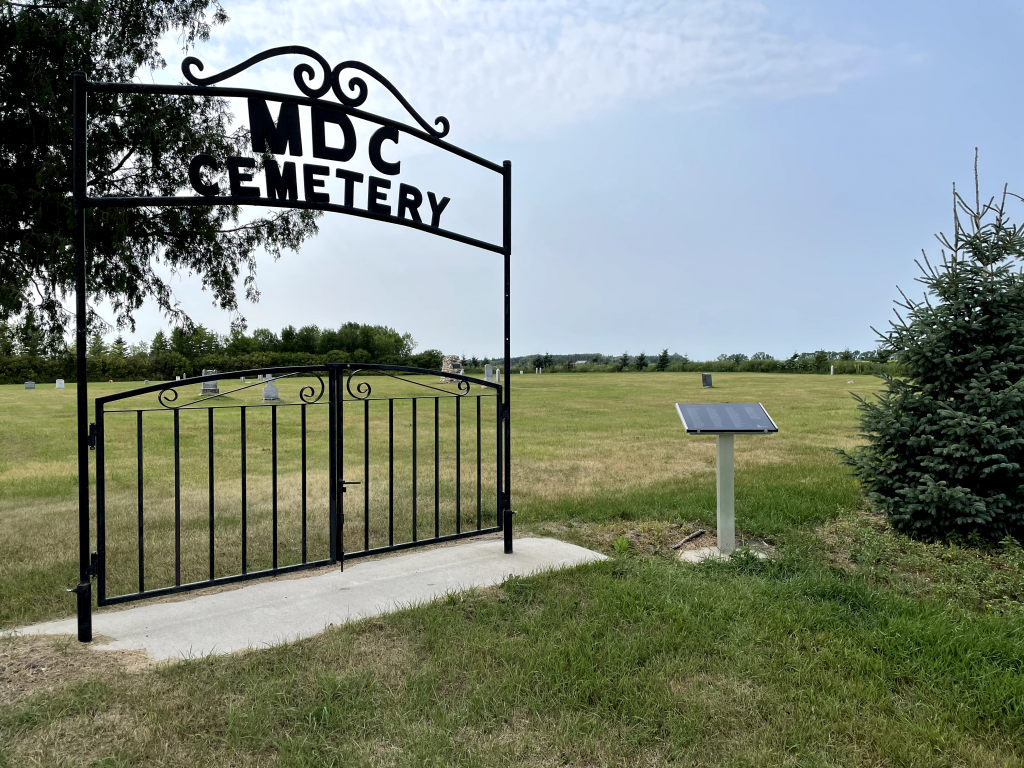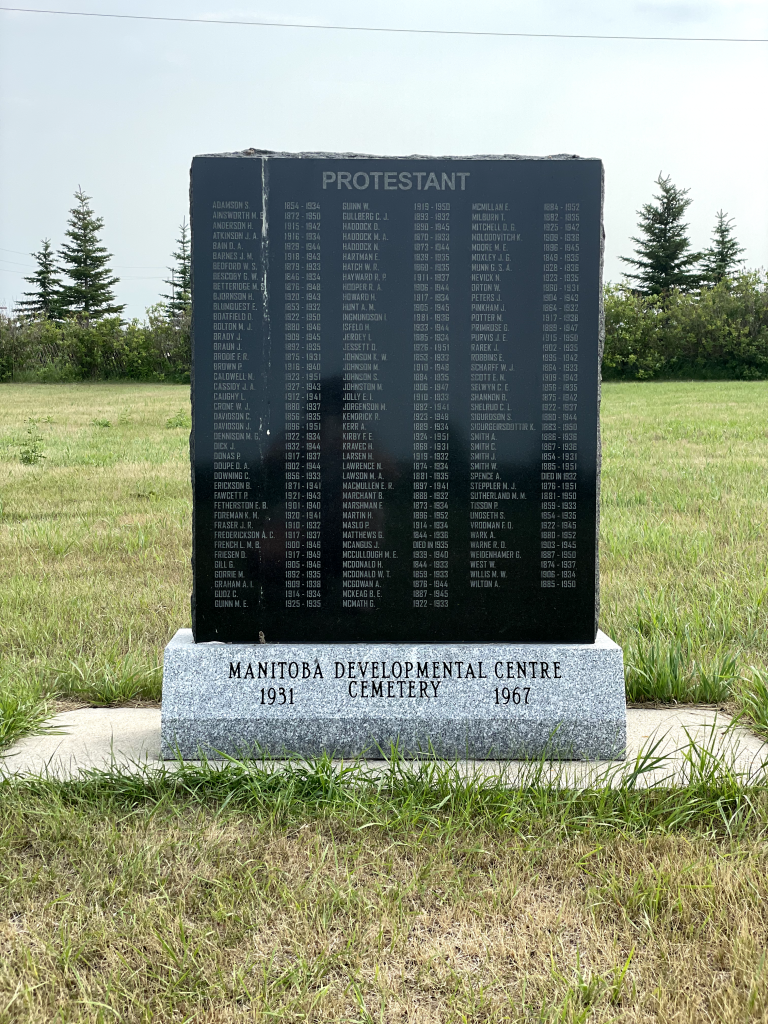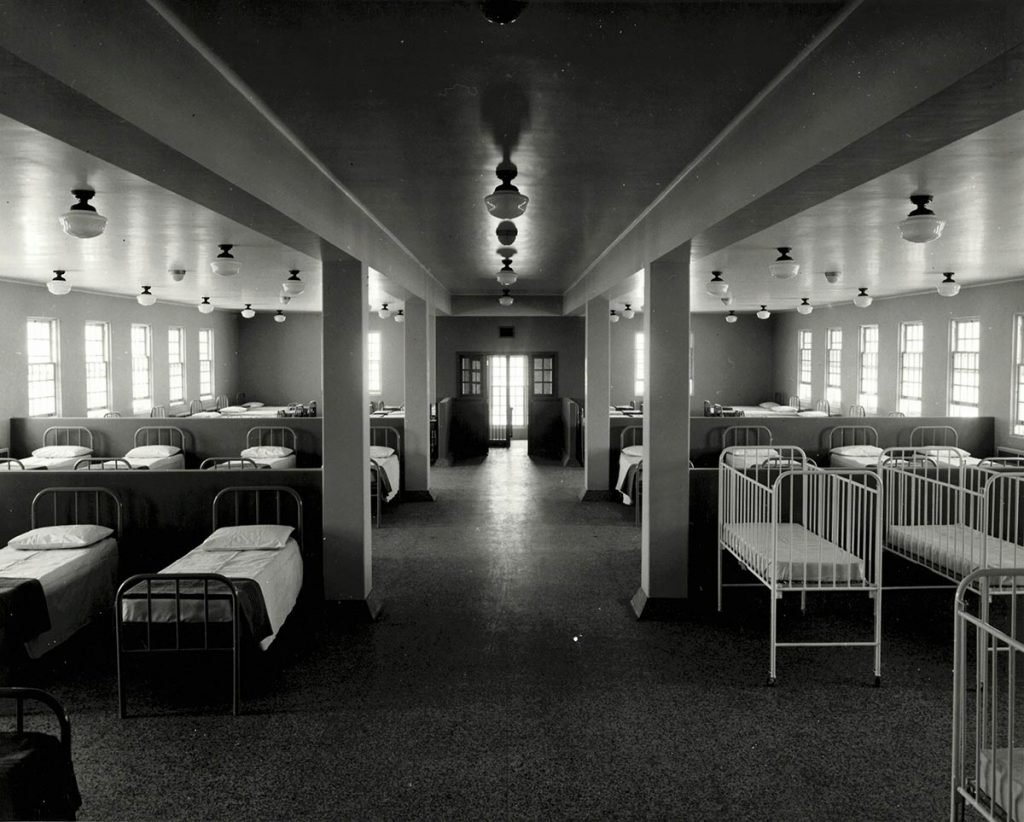The Hellhole From Manitoba, the Manitoba Developmental Centre
In memoriam of Joyce Gibbons, and all those of who have died at the MDC
Episode description
The Manitoba Development Centre (MDC) is one of few remaining large-scale government funded and operated institutions for people labelled with an intellectual/developmental disability in Western Canada. Institutional survivor David Weremy escaped the institution 9 times, since he escaped he has fought “to shut them down, everyone one of them”. Last year, the government announced it’s closure but for now, its still open. We’re joined by David Weremy & People First of Canada’s Shelley Fletcher.
A heads up that today’s episode deals with confinement, sexual and physical abuse and suicide.
Read the episode transcript below or by clicking on this link.





Show Notes
A heads up that today’s episode deals with mass burials, confinement, sexual and physical abuse and suicide.
Big shout out to David Weremy, Shelley Fletcher, Janet Forbes, Josée Boulanger & Erika Macpherson for their knowledge, work, and support with this episode.
Records of institutionalization are not publicly accessible. Much of the work from this episode is a result of the archival work Mary Horodyski and her MA thesis, “Society seems like it doesn’t even know…”: Archival records regarding people labelled with intellectual disability who have been institutionalized in Manitoba,” (2017), https://mspace.lib.umanitoba.ca/handle/1993/32118. Horodyski notes of the photos of MDC…
“We may first notice that apart from the staff, the wards are empty of their residents. The history of people with intellectual disabilities has often been described as a history of people who were “hidden away” and these photos provide yet another degree to their segregation: they are removed even from photographs of what for many was their ‘home’ for many years. Then, we can count the beds and estimate the distance between each bed and imagine daily and nightly life in these conditions. In many of the wards, 30 to over 100 people lived together for years and even decades. Notice also the utter lack of personalization, each bed the same without any individual belongings. And who are the cribs for when young children were housed at other institutions, like St. Amant? We learn from other accounts that the cribs were for adolescents and grown adults with physical disabilities. Finally, look closely at the doorway at the back of the room – it has bars as the residents were locked in at night. Tragically, it was barred doors like these that contributed to the deaths of several residents when a fire broke out in a ward in 1977 and some of the residents were unable to escape.
Photographs of the Manitoba Developmental Centre – Submitted by Mary Horodyski, researcher and archivist
This is true across Canada, institutional records are excavated by disabled communities & scholars. Additional thanks for Manitoba record keeping & disability politics histories to Allen Mankewich.
The closure of the Greyhound in Western Canada has particularly impacted communities of incarcerated people, and rural, northern, and Indigenous communities. Check out the audio documentary called Still Waiting for the Bus: The Unnatural Death of Prairie Intercity Transit, made in partnership with Winnipeg-based documentary producer Emily Leedham and the ATU.
Adele Perry, Jocelyn Thorpe & Karine Duhamel take this up in their report “Missing the Bus: Indigenous Women and Two-Spirit Plus People and Public Transit in Western Canada”. Which found that “Public transit, therefore, is…a fundamental necessity”, as “ public transportation remains necessary for many people, allowing them to attend educational institutions, seek treatment, get to work, and connect with families and loved ones. Its availability makes possible the full participation of Indigenous women and Two-Spirit plus people in all aspects of society.” (Perry, Thorpe & Duhamel 2021, 3) .
Speaking of transit, Bar None in Manitoba provides rides to prisons, noting that “There are no busses to take people to prisons, and this often means people on the inside don’t get visited, and people on the outside don’t get to visit if they don’t have regular access to a car.” If you have a car, you can help out!
I (Megan) wrote about this earlier for Winnipeg Police Cause Harm: The Institution that Remains: the Manitoba Developmental Centre and Disabled Confinement in Manitoba.
The only way I got to the MDC was because of my dear friends driving me. Thank you Rebecca & Jana for holding my hand and driving with me to the Developmental Center, pastries. You hear me reference McCains, well I got to get stories from a dear potato scientist after this, thanks Amy & Morag for your hosting!
Episode Credits
Invisible Institutions was created by me, Megan Linton, with support from People First of Canada & Inclusion Canada’s Joint Task Force on Deinstitutionalization. Audio recording by Megan Linton. This episode was advised by the Joint Task Force on Deinstitutionalization. Audio post-production and sound design were by Helena Krobath, and our theme music was composed by Bara Hladik. Production assistance from Rebecca Chess & Jana Elazar. Special thanks to David Weremy, Shelley Fletcher, Mary Horodyski, Kit Chokly, Janet Forbes, Erika Macpherson, Josée Boulanger and the whole freedom tour cast and crew!
Track List
Bara Hladik “Theme Song”
Zlata “Atmosphere”
Zlata “Mitochondria”
Zlata “People Places”
Zlata “Erudition”
Ken Harps “We Gotta Close the Institutions”, from the Freedom Tour Documentary. Audio footage provided by Josée Boulanger and Erika Macpherson.
Additional Music by Helena Krobath
